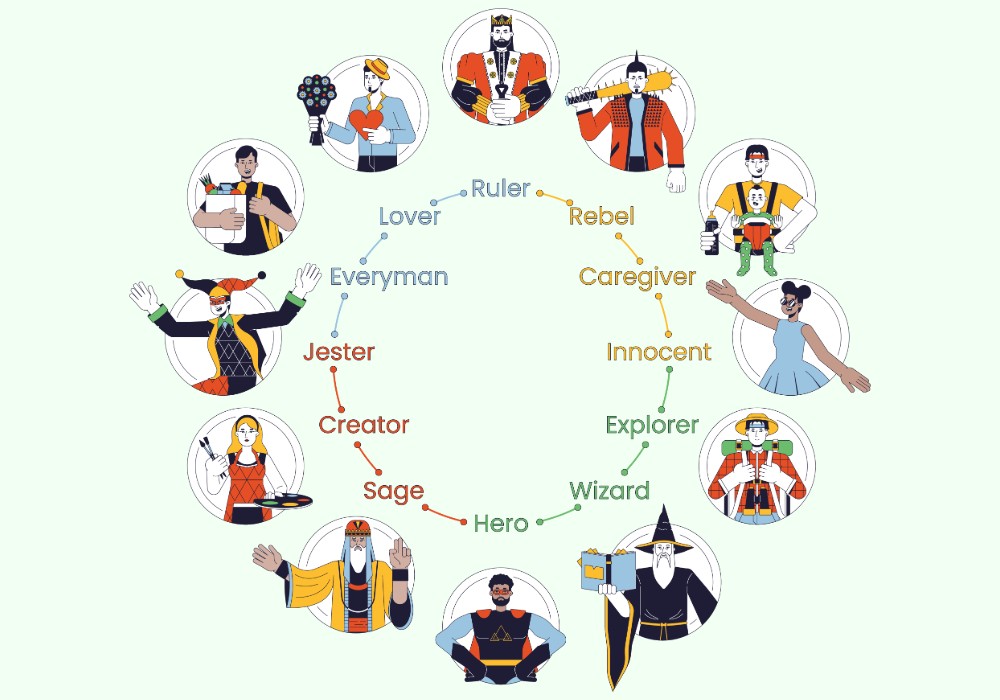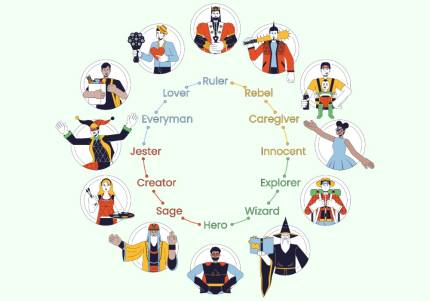DISC Personality Profile: What It Is and How It Works
- 23 May 2025

Understanding the DISC Personality Assessment
The DISC personality profile is a widely used behavioral assessment tool that helps individuals understand their behavioral tendencies and improve interpersonal communication. Developed from the work of psychologist William Moulton Marston in the 1920s, DISC has evolved into one of the most accessible and practical personality frameworks used in personal development, team building, and organizational settings worldwide.
Unlike many psychological assessments that focus on internal traits or motivations, DISC specifically measures observable behavioral patterns. This practical approach makes it particularly valuable for workplace applications and relationship dynamics where behavior directly impacts interactions and outcomes.
The Four DISC Behavioral Styles
DISC is an acronym representing four primary behavioral dimensions:
| Dimension | Key Characteristics | Communication Style | Potential Challenges |
|---|---|---|---|
| D: Dominance | Direct, decisive, problem-solver, risk-taker | Brief, to-the-point, focuses on results | May appear blunt, impatient, or overly competitive |
| I: Influence | Enthusiastic, optimistic, collaborative, persuasive | Expressive, emotional, storytelling approach | May overlook details or struggle with follow-through |
| S: Steadiness | Reliable, patient, team player, supportive | Thoughtful, diplomatic, relationship-focused | May resist change or avoid necessary conflict |
| C: Conscientiousness | Analytical, precise, systematic, quality-oriented | Logical, data-driven, detailed explanations | May overanalyze or seem overly critical |
Most individuals have a blend of these styles, with one or two typically being more dominant. The DISC assessment measures the intensity of each dimension, creating a personalized behavioral profile that acknowledges the complexity of human behavior.
How DISC Assessment Works
The DISC assessment typically involves answering a series of questions about your behavioral preferences in various situations. The assessment process includes:
- Questionnaire Completion - Responding to forced-choice or scaled questions about your behavioral tendencies
- Response Analysis - Calculating the relative strength of each DISC dimension in your behavior pattern
- Profile Creation - Generating a personalized report showing your behavioral style blend
- Interpretation - Understanding your results through guided analysis or facilitated discussion
Modern DISC assessments often distinguish between your "natural style" (how you behave when relaxed) and your "adapted style" (how you adjust your behavior in specific environments, such as the workplace). This distinction helps identify potential sources of stress when individuals must consistently operate outside their natural behavioral preferences.
Applications of DISC in Professional Settings
DISC assessments serve numerous practical purposes in organizational environments:
- Team Building - Creating balanced teams with complementary behavioral styles
- Leadership Development - Helping leaders adapt their approach to effectively manage different behavioral styles
- Sales Training - Teaching sales professionals to recognize and adapt to customer behavioral preferences
- Conflict Resolution - Understanding the behavioral roots of interpersonal conflicts
- Communication Improvement - Adapting communication styles to better reach different audiences
- Career Planning - Identifying roles that align with natural behavioral tendencies
Many organizations integrate DISC into their talent management processes, from hiring and onboarding to performance management and succession planning.
Interpreting Your DISC Results
When reviewing your DISC profile, consider these key aspects:
- Pattern Recognition - Identify your dominant and secondary behavioral dimensions
- Strengths and Limitations - Understand how your natural tendencies create both advantages and potential blind spots
- Adaptability - Recognize situations where you may need to adjust your natural style
- Communication Preferences - Learn how to communicate more effectively with different behavioral styles
- Growth Opportunities - Identify areas where developing behavioral flexibility could enhance your effectiveness
Remember that DISC measures observable behavior, not values, intelligence, or aptitude. There are no "good" or "bad" profiles—each style combination offers unique strengths and potential challenges.
Conclusion
The DISC personality profile provides a practical framework for understanding behavioral differences and improving interpersonal effectiveness. By recognizing your own behavioral tendencies and learning to identify and adapt to others' styles, you can enhance communication, reduce conflict, and build stronger relationships in both professional and personal contexts. While no personality assessment captures the full complexity of human behavior, DISC offers accessible insights that individuals and organizations can immediately apply to improve collaboration and effectiveness.



